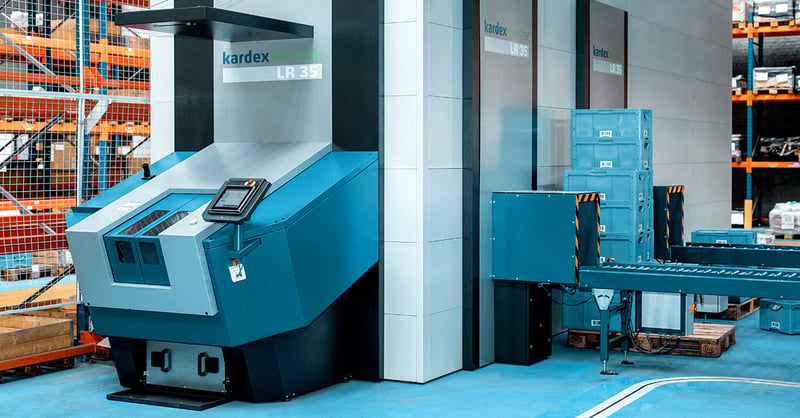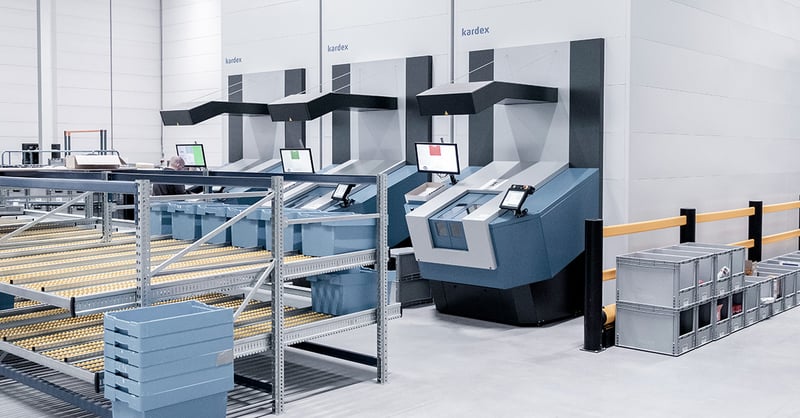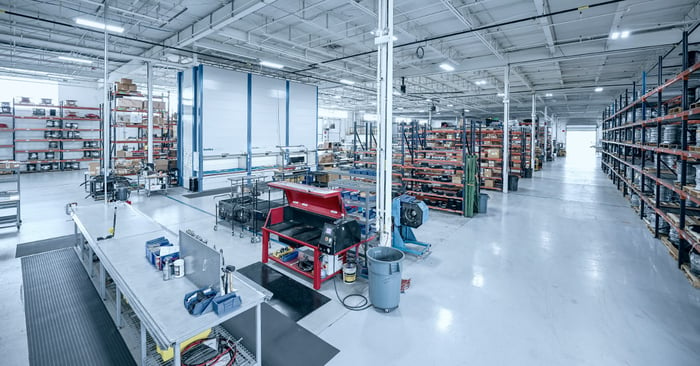Inventory or stock management is made successful when all of the moving parts are organized, accounted for, in stock and available to fulfill customer orders. In order to maintain inventory levels at all times, supply chain visibility is crucial. But what happens when the supply chain goes crazy? When you lose access to your inventory sources or experience a surge in demand (the unexpected demand for toilet paper and cleaning supplies during COVID), you dig into your safety stock.
What is Safety Stock?
Safety stock, also known as buffer stock, is the inventory you buy to prevent shortages when demand is greater than expected. It’s what you purchase for the unexpected, the “just in case”. With safety stock on hand, you can fulfill orders with this additional inventory without delay. Proper levels of safety stock can mitigate risk and prevent stock outs.
When shopping on Amazon, if you find your preferred seller is out of stock, do you wait for them to restock so you can still purchase from them, or do you look elsewhere? If you’re in a rush, you’re likely to look for another seller, despite your brand loyalty. This is extremely costly for a supplier. They’ve now lost your business due to a shortage which could have been prevented. Keeping the appropriate amount of safety stock on hand increases customer satisfaction and reduces operating costs. Just think – right quantity, right place, right time.

Safety Stock Formula: How Much is the Right Amount?
So now you’re probably asking yourself, how much safety stock should I keep on hand? Don’t just choose a random percentage. This will cost you in the long run. If you stock too much, you’ll end up paying more in storage costs, run the risk of theft or damage to your products as well as the potential of products expiring. On the other side of the coin, if you stock too little, you’ll be setting yourself up for failure. Don’t set your reorder point to zero, because then it’s already too late. You have nothing left in stock and customers are placing orders you can’t fill.
Instead, compile historical data to determine the appropriate amount of safety stock your business needs. Things to consider in this calculation are your lead time and service levels as well as the changing landscape of brick and mortar shopping to ecommerce.
Safety stock = (maximum daily usage x maximum lead time in days) – (average daily usage x average lead time in days)
Here is a simple free calculator to determine your optimal safety stock level.
Leverage Automation to Store Safety Stock
Once you’ve done the math using real data, you’ll likely need somewhere to store this additional inventory. Whether your facility is already at capacity or you’re looking at consolidating to free up floor space, safety stock can be stored safely and securely in automated storage and retrieval systems (ASRS). There are several automated solutions on the market, however, enclosed systems can ensure your safety stock is protected from the risk of theft or damage.
For a deeper dive: 8 Types of Automated Storage and Retrieval Systems (ASRS)
The vertical buffer module was made for this type of storage. It says so in the name. It buffers inventory until it is required for an order. Combining automated technology with a picking strategy such as ‘Last In, First Out (LIFO)’, you can also ensure your stock is being rotated properly to avoid products sitting in storage past their expiration date.

ASRS can also be integrated with inventory management software. With visibility on inventory not only within the ASRS but throughout your warehouse, you’ll be able to maintain stock levels accordingly. The inventory management software can give you further insights into how much inventory you’re using and how frequently you’re reordering. This can help you adjust your reorder point or safety stock levels down the road. It’s always best to analyze your stock movement regularly and optimize as often as needed.
4 ways ASRS optimizes safety stock & improves overall inventory management
Enhanced inventory visibility and accuracy
ASRS when combined with WMS provides real-time inventory tracking, offering an accurate and up-to-date view of stock levels. This is step #1 when it comes to monitoring safety stock levels. The increased visibility helps facilitate real-time and accurate safety stock level monitoring, ensuring that warehouse managers maintain the optimal balance between carrying costs and stock availability.
Improved demand forecasting
By integrating with warehouse management system (WMS) and other software solutions, ASRS systems can provide valuable data on customer demand and product movement. This information can then be used to advise demand forecasting with greater efficiency, helping to anticipate fluctuations in demand more accurately and adjust safety stock levels accordingly.
Faster response to changing market conditions
Markets are extremely volatile in today’s lightning paced, ecommerce driven landscape chocked full of supply chain disruption after supply chain disruption. ASRS solutions offer the data and flexibility need to respond more quickly to these changes in market conditions or supply chain disruptions. With real-time inventory tracking and automated storage and retrieval processes, warehouse managers can quickly adjust safety stock levels to meet changing demand, minimizing the risk of stockouts and overstocks.
Reduced stock obsolescence
Maintaining optimal safety stock levels with ASRS solutions can help minimize the risk of stock obsolescence (sometimes called deadstock or overstock). By closely monitoring inventory levels and adjusting safety stock based on demand trends, there is a reduced likelihood of carrying excess stock that becomes obsolete or expires (and the carry costs that come with it), taking up costly warehouse space and causing inefficiencies.





